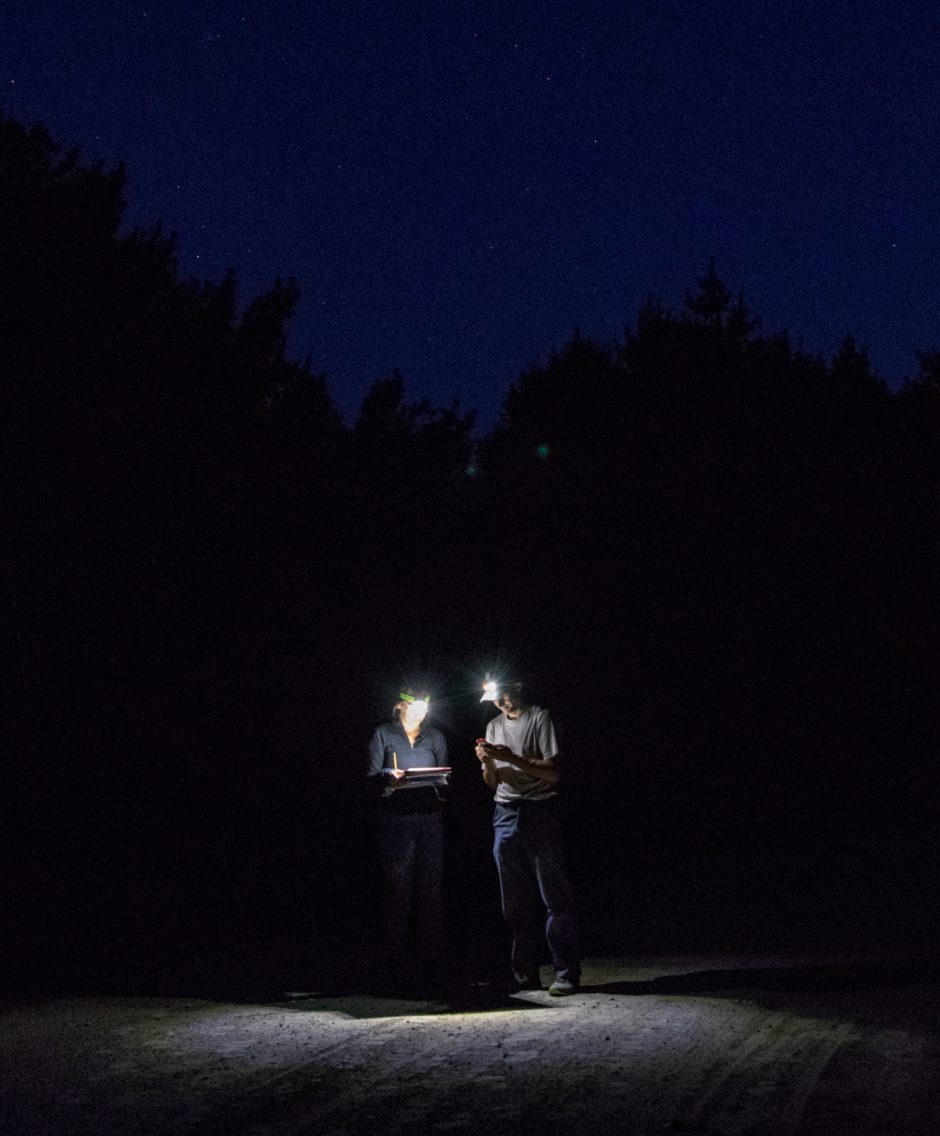Deep inside one of the most remote parts of Nova Scotia, there's an abandoned building with broken windows and weathered paint. The grass that surrounds it is about a metre high.
Its location is a highly guarded secret among biologists in the province.
Outside, nighthawks swoop at dusk, and crickets create a wall of sound. A deer strolls by. It's so dark when night comes that those few humans who do venture here must wear headlamps.
Inside is one of the few surviving bat colonies in Nova Scotia.
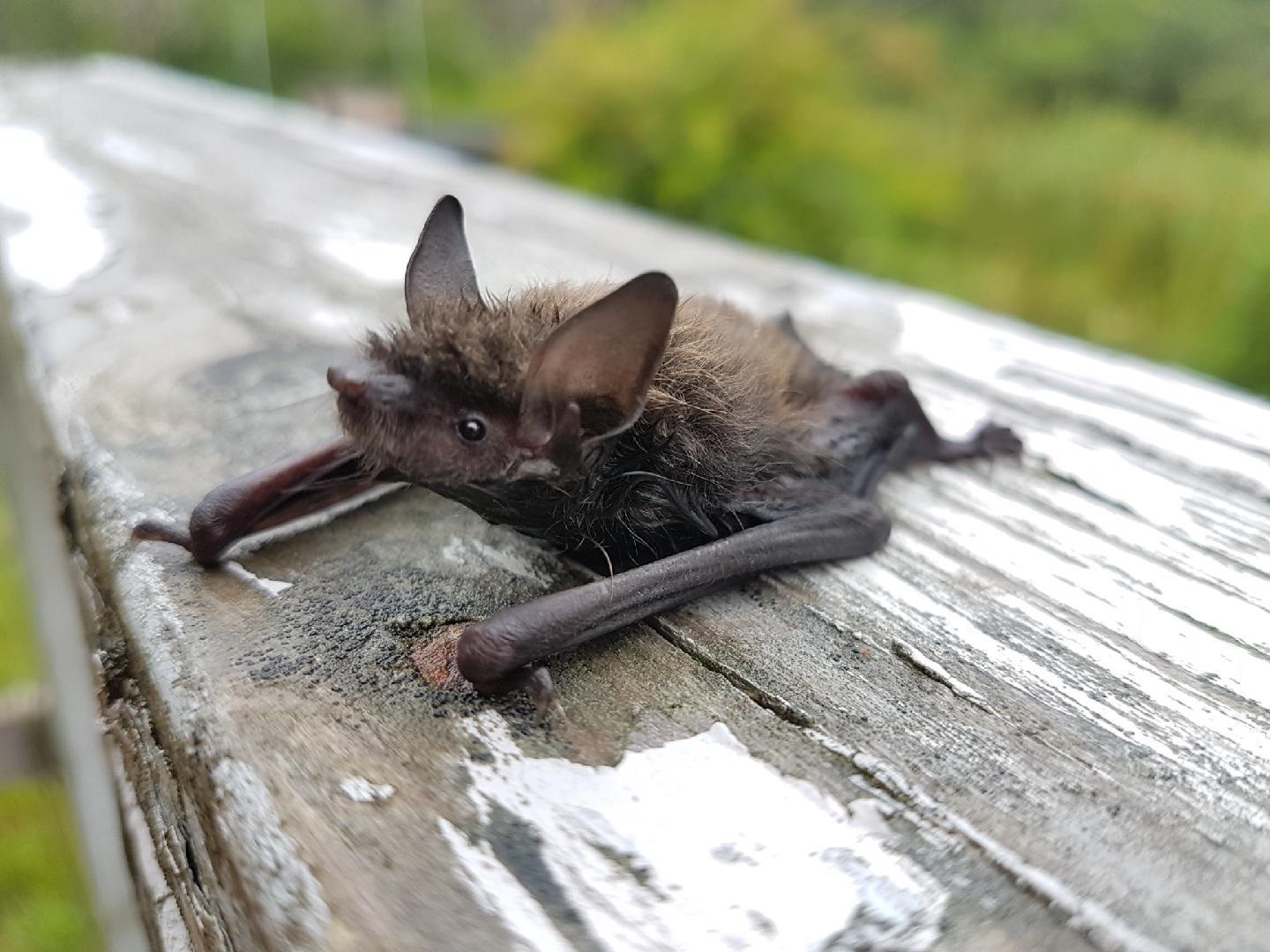
Once a common sight on a summer night, Nova Scotia's native bat population was nearly wiped out when white-nose syndrome began to tear through colonies in 2011.
The fungus has killed millions of bats in North America. Researchers say three species in Nova Scotia — the little brown bat, the long-eared bat and the tricoloured bat — were decimated.
"We found hundreds of dead bats in the following few years," says Lori Phinney, a wildlife biologist at the Mersey Tobeatic Institute, a non-profit conservation group in southwest Nova Scotia.
The fungus spreads quickly, she says, when bats huddle together during hibernation. It causes the mammals to develop white patches on their muzzles and other parts of their bodies, and leads to a grisly fate.
"It causes bats to wake up when they're in hibernation," says Phinney. "It eventually leads to death since they only have so much energy stored to make it through the winter. There's no bugs for them to feed on so they end up freezing to death."
Only about five per cent of Nova Scotia's bats survived.

Phinney and her colleagues are studying the remaining bats to figure out how to bring their numbers back — and then protect them.
There are small signs of hope in pockets throughout the province, like in the decrepit building Phinney and Brad Toms have reached after more than an hour's drive up an old dirt road.
Since 2016, the researchers been coming here at regular intervals to count the bats and observe their behaviour.
The peak number of bats that year was 278. In 2017 it was 338. And at the height of summer this year they counted 380 bats hidden away in the rafters of the peaked roof. As summer turns to fall, the bats will begin to move to winter hibernation, at a location that remains a mystery to scientists.
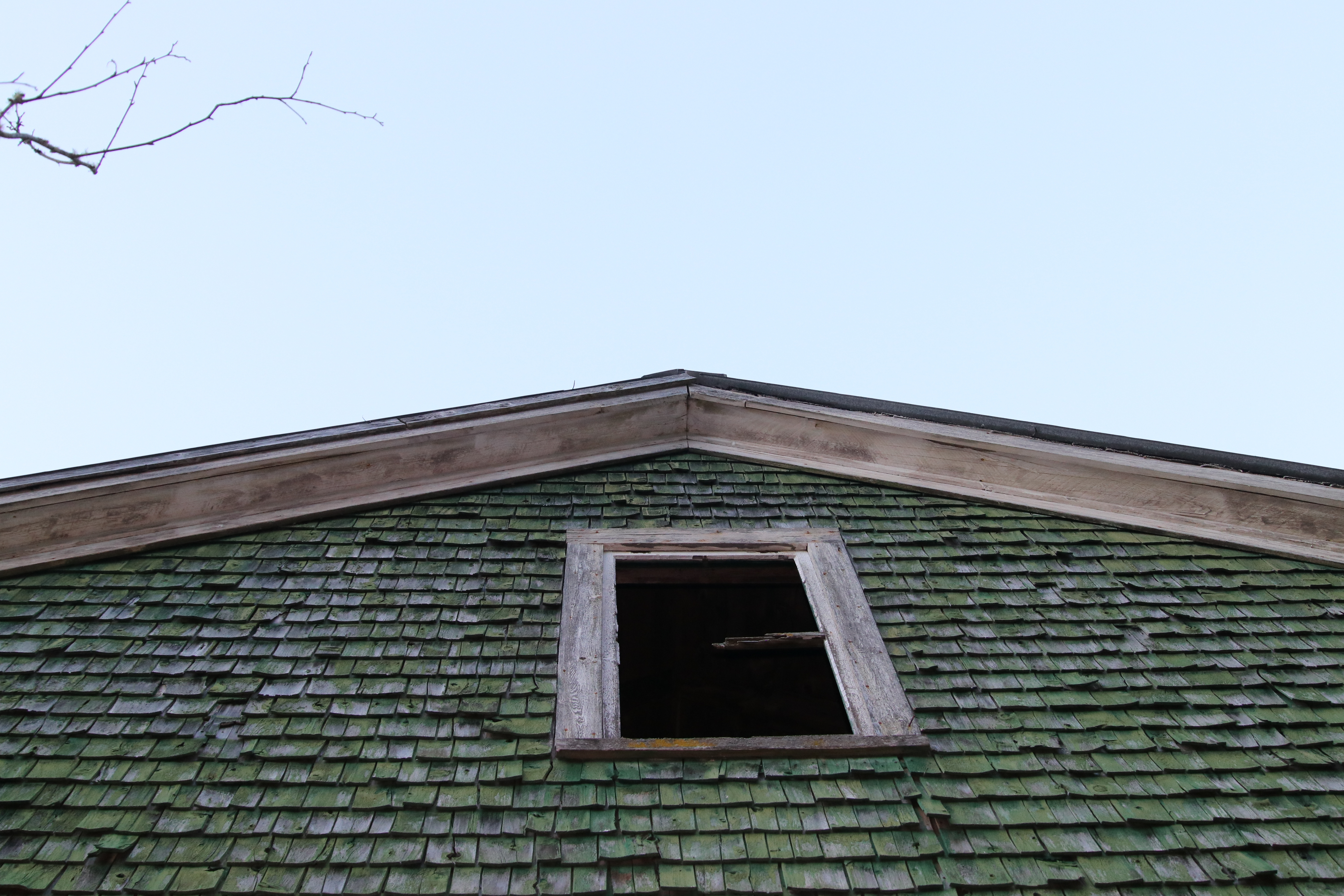
On one trip in late August, researchers counted 29 that flew out a window of the roost, heading out to feed on thousands of insects, primarily moths, before returning later in the night.
That in itself is a reason to protect and nurture Nova Scotia's bats back to health, Phinney says: a single one can eat up to 1,000 bugs an hour.
"It really helps out with how many bugs we have in Nova Scotia," she says. "We're very agriculture-based in Nova Scotia, so it helps with eating — they love moths — moths that graze on our crops."
Scientists keep close tabs on what's happening here. But they do not go inside the structure, and they do not attempt to touch or handle the bats in any way.
By simple observation they are seeking to understand why this population managed to survive white-nose syndrome. They also want to discover where they hibernate in winter so those locations can be protected.
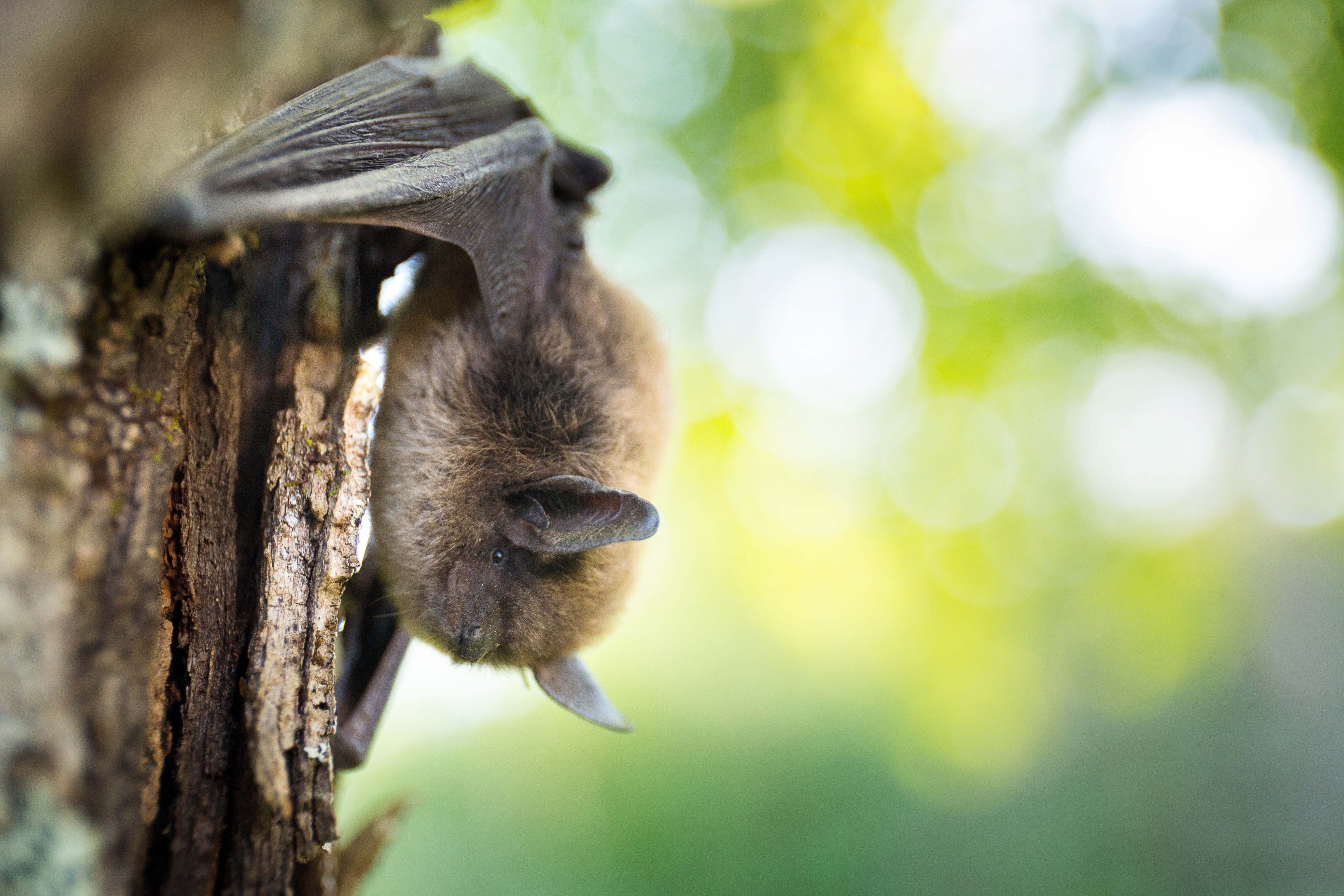
In an overgrown clearing near the building, Toms checks an acoustic monitoring site — a metal pole about six metres tall that captures ultrasonic frequencies emitted by bats.
There's a smaller version of the device on his smartphone, connected to an app that slows down the frequencies so they can be heard by humans. It can even help identify the species.
"You just hear them briefly before they disappear into the trees," he says.
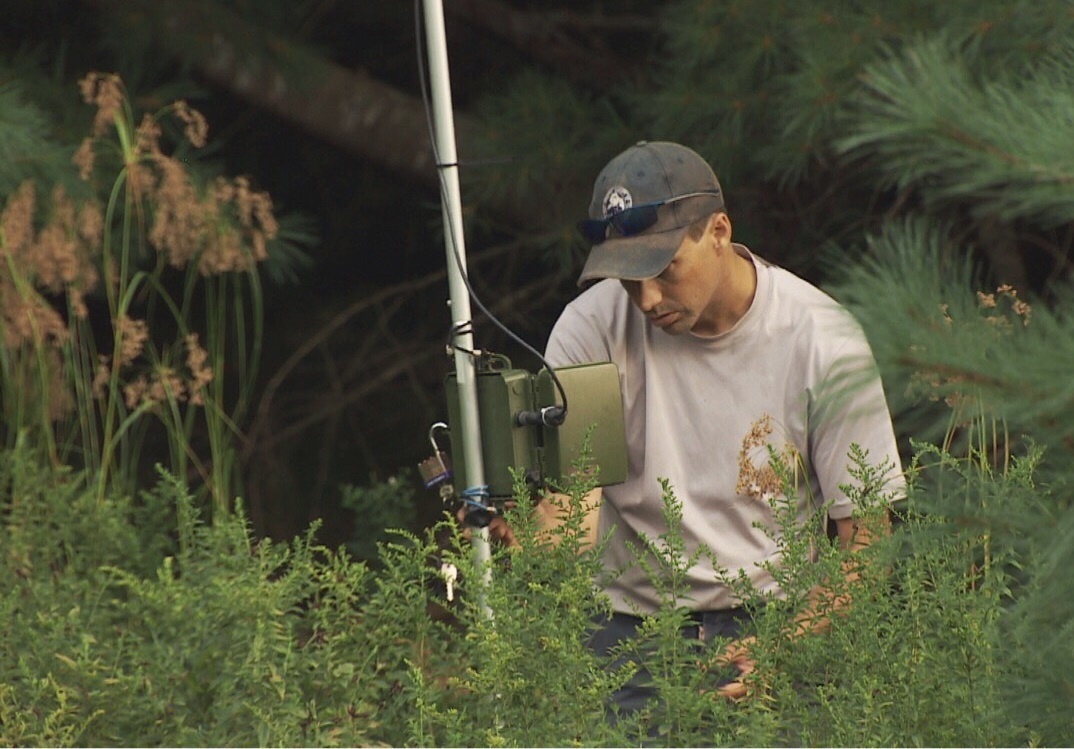

His phone chirps as each bat leaves the roost to look for food. He counts some long-eared, but most are little brown bats.
"They send out a search call," says Phinney. "This echolocation tells them what kind of bug they're feeding on. We record that."
Here's what bats sound like when their ultrasonic frequencies are slowed down for the human ear.
This roost in southwestern Nova Scotia was only found by sheer luck. Researchers had gone in search of a building with reports of bats inside.
But they took a wrong turn and instead found this one. Turns out, it had a population more than double the size of the one they had been seeking.
And there's a reason why it's been kept a secret (CBC has agreed not to disclose its location or describe identifying details). Phinney says the building at another recovery site was vandalized. Biologists arrived one day to do a survey and found windows smashed.
She says she suspects it was because there's a fear that bats carry rabies, even though the disease is rare in Nova Scotia.
"There was glass everywhere," she says. The bats had moved into "bat houses," boxes with small holes that had been installed on the side of the building. It appeared that someone had fired a gun at one of the boxes.
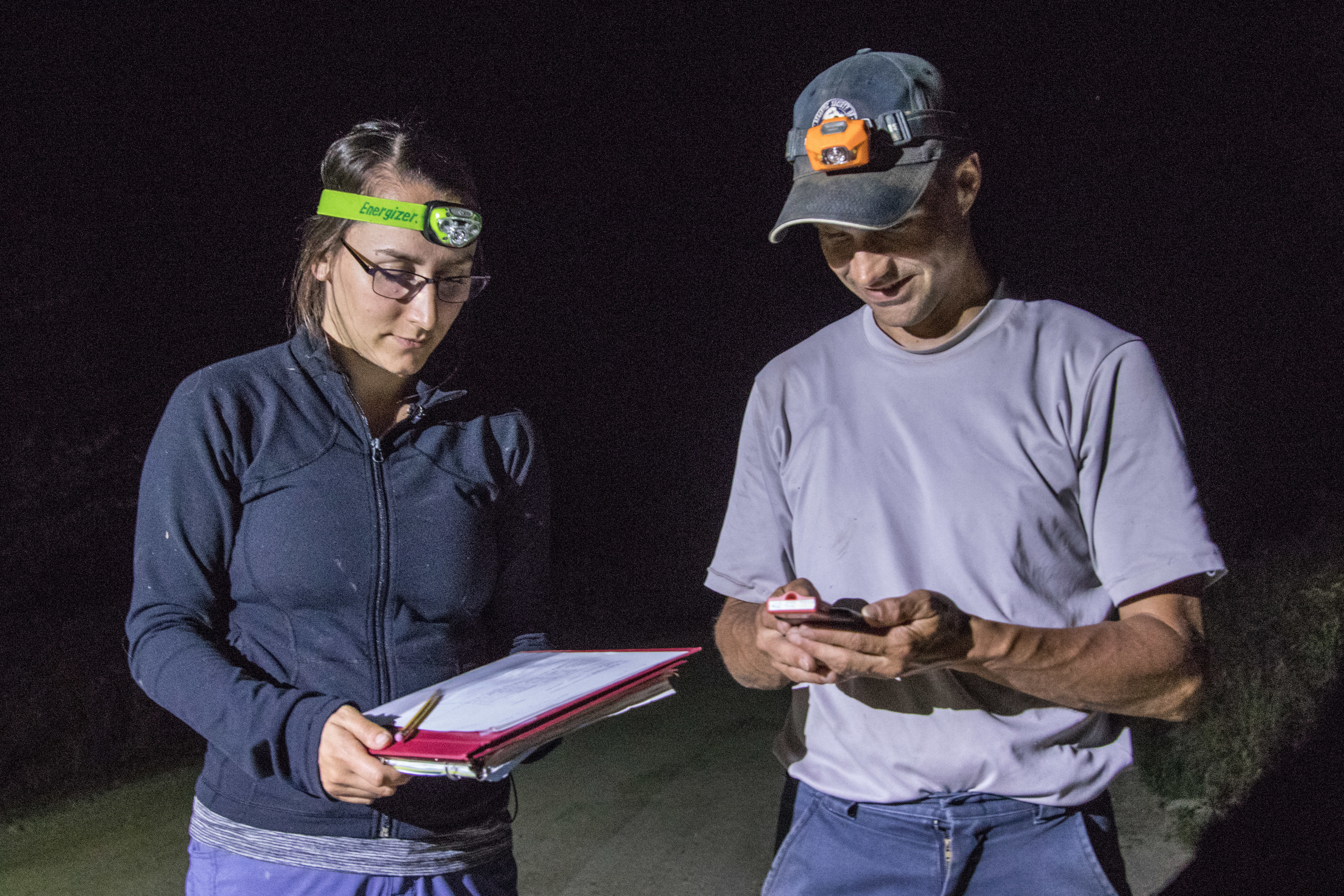
Recovery is daunting for other reasons, including bats' reproductive cycles: most have just one pup a year.
But there's hope. Researchers have received thousands of reports since setting up a bat sighting hotline and website in 2013 — data that helps scientists get a bigger picture of where bats have survived.
Phinney adds that many of the recent reports have been from Nova Scotians who found bats inside their closed patio umbrellas.
"We just need to know where the ones are that are left," she says.
